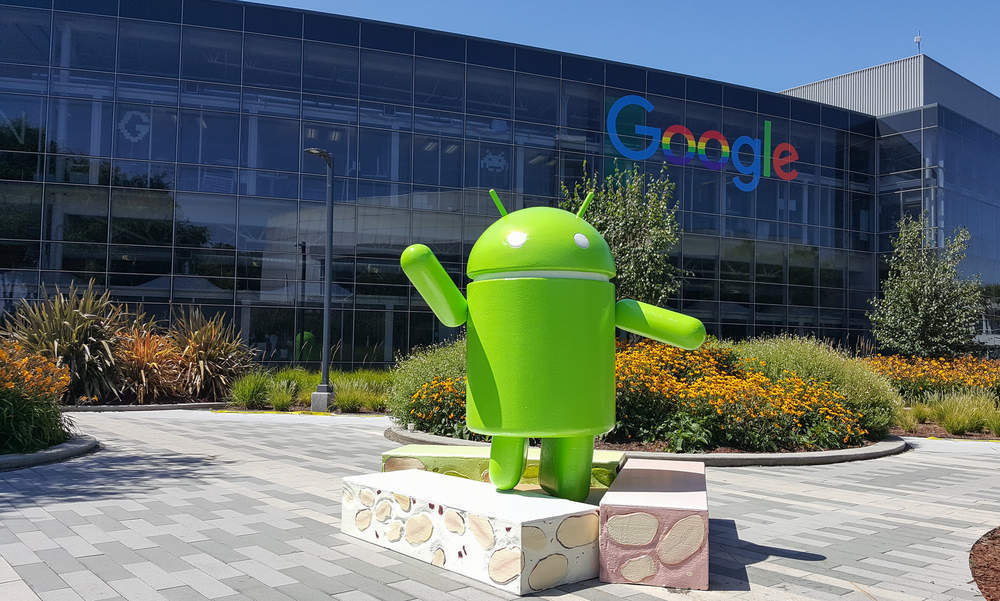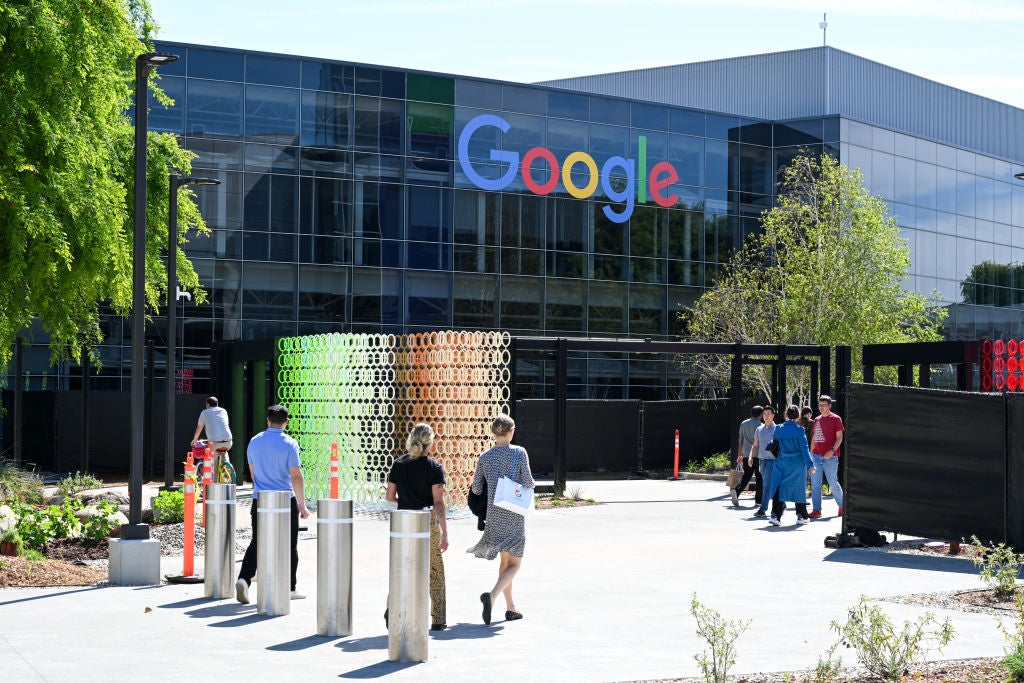
Google opted out of the CES 2022 trade show, held 5-7 January in Las Vegas and closing one day early citing Covid concerns. However, the company made multiple Android announcements for the show via a digital platform.
Google expanded Android’s Fast Pair support for varied product categories, with extended Chromecast backing and Windows OS integration, as well as announced spatial audio support for its devices with compatible headsets.
The Google Fast Pair Service (GFPS) utilizes Bluetooth Low Energy (BLE) to discover nearby Bluetooth devices without using significant phone battery. Apple’s device pairing and content integration efforts have long been the standard to which other OEMs aspire and Android has been trailing behind. Google’s Fast Pair announcements are an attempt to level the playing field against Apple’s seamless device integration and step toward Google’s vision of an ambient computing future in which all devices “speak” to each other.
Google Fast Pair challenges Apple
Google’s Fast Pair already allowed a connection between Android wearables, phones and tablets. Consumers can now set up their headphones to pair with Google TV or Android TV OS devices. The Fast Pair functionality will also be coming to smart home devices, starting with products made by Matter, which will make adding connected appliances to home networks easier. Google is also making it easier to move and manage content across any device by expanding the reach of Chromecast, which will be built into more brands, starting with all Bose smart speakers and soundbars in the next few months.
Additionally, Fast Pair brings single-click pairing of headphones to Chromebooks. Consumers will also be able to access their Android phone features like chat apps, photos and videos directly from their Chromebook with one click via the Phone Hub. This brings Apple’s level of functionality to Android, where calls and content can be accessed on a MacBook or iPad without the need to connect to an iPhone.
Consumers will be able to instantly unlock their Chromebook and Android phone or tablet with a paired Wear OS smartwatch. Fast Pair will also be able to connect to devices from other operating systems, a functionality that is missing from iOS devices. Consumers will be able to connect their Android phones to Windows as well as set up Bluetooth accessories, sync texts and share files via Nearby Share. Google is partnering with Acer, HP and Intel as of now, with more partnerships expected in the coming months.
How well do you really know your competitors?
Access the most comprehensive Company Profiles on the market, powered by GlobalData. Save hours of research. Gain competitive edge.

Thank you!
Your download email will arrive shortly
Not ready to buy yet? Download a free sample
We are confident about the unique quality of our Company Profiles. However, we want you to make the most beneficial decision for your business, so we offer a free sample that you can download by submitting the below form
By GlobalDataLastly, Google also announced spatial audio support for headsets, which has been an Apple attribute. Consumers wearing headphones can automatically switch from watching a movie to taking a phone call by adapting sound-based head movements.
Bringing together a fragmented Android network
It has been estimated that as of July 2021, over 70% of all mobile devices worldwide were running Android, with over 2.5 billion active Android OS users spanning over 190 countries. However, pairing Android devices is cumbersome and buggy due to heavy fragmentation in the Android ecosystem with multiple OEMs and product categories, compared with the seamless integration seen across Apple products.
Google’s announcements not only expand the reach of Android but also attempt to bring together Android’s scattered ecosystem of products. Although Google hasn’t provided details on OEM partnerships, the company will be rolling out these features throughout the year, adding more device partners.
Google needs to execute its pairing and integration in phases as Android is not known for its smooth continuity. It should roll out the attributes to a few key categories and OEMs first, such as Samsung and Xiaomi, measure the performance and progress, and sort out the bugs, before rolling out Fast Pair to more partners.






Related Company Profiles
Apple Inc
Google LLC
Intel Corp
HP Inc
Xiaomi Corp